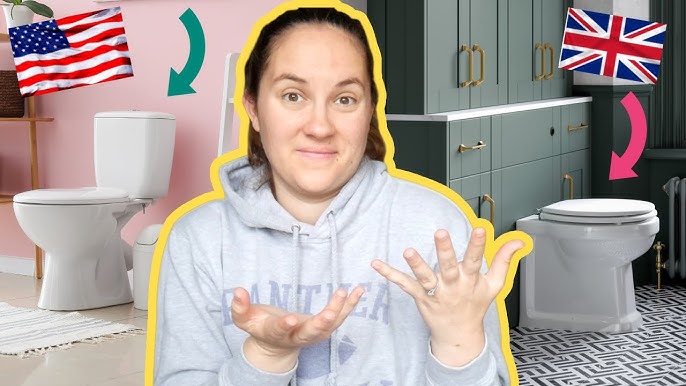Frameless cabinets have gained popularity for their modern, sleek look and efficient use of space. However, like any kitchen feature, they come with their own set of advantages and considerations. Here’s a breakdown of the pros and cons to help you decide if frameless cabinets are the right choice for your kitchen.
Pros of Frameless Cabinets
1. Sleek, Modern Design
Frameless cabinets offer a seamless, clean appearance that aligns perfectly with contemporary and minimalist kitchen styles. With no face frame, the doors align flush with the cabinet edges, creating a streamlined and cohesive look.
2. Maximized Storage Space
Without the frame, frameless cabinets provide more usable space inside, making them ideal for maximizing storage. This additional room can make a noticeable difference in smaller kitchens or for homeowners who need ample storage.
3. Easy Access to Cabinet Contents
The lack of a frame offers unobstructed access to cabinet interiors, making it easier to store and retrieve items. This feature is particularly helpful in base cabinets where full access is essential for organization.
4. Full-Overlay Doors and Drawers
Frameless cabinets typically feature full-overlay doors and drawers, allowing for a snug fit with minimal gaps. This design choice adds to the aesthetic appeal and gives the cabinets a more refined, built-in look.
Cons of Frameless Cabinets
1. Slightly Less Stable Structure
Without a face frame, frameless cabinets can be slightly less rigid compared to framed cabinets. Quality frameless cabinets compensate with thicker box construction, but overall, they may not be as robust for heavy-duty use or larger kitchens.
2. Higher Installation Precision Required
Frameless cabinets require precise installation due to the lack of a frame to hide slight misalignments. Any imperfections in the walls or measurements may become more visible, so professional installation is often recommended to achieve a flawless finish.
3. Susceptibility to Door Misalignment
With frameless cabinets, the doors are attached directly to the cabinet box, which can lead to misalignment over time if the cabinets settle or are not well-maintained. This issue is less common in framed cabinets, where the frame provides additional support.
4. Higher Cost for Premium Materials
Frameless cabinets can sometimes be more expensive, particularly if they’re made from premium materials like solid wood or high-end laminates. However, ready-to-assemble (RTA) frameless options are available at more affordable prices.
Summary
Frameless cabinets are a fantastic choice for those seeking a modern, spacious, and accessible kitchen layout. While they offer many benefits, they require careful installation and regular maintenance to ensure their sleek look stays intact. For those who prioritize style and efficient storage, the pros of frameless cabinets often outweigh the cons.



